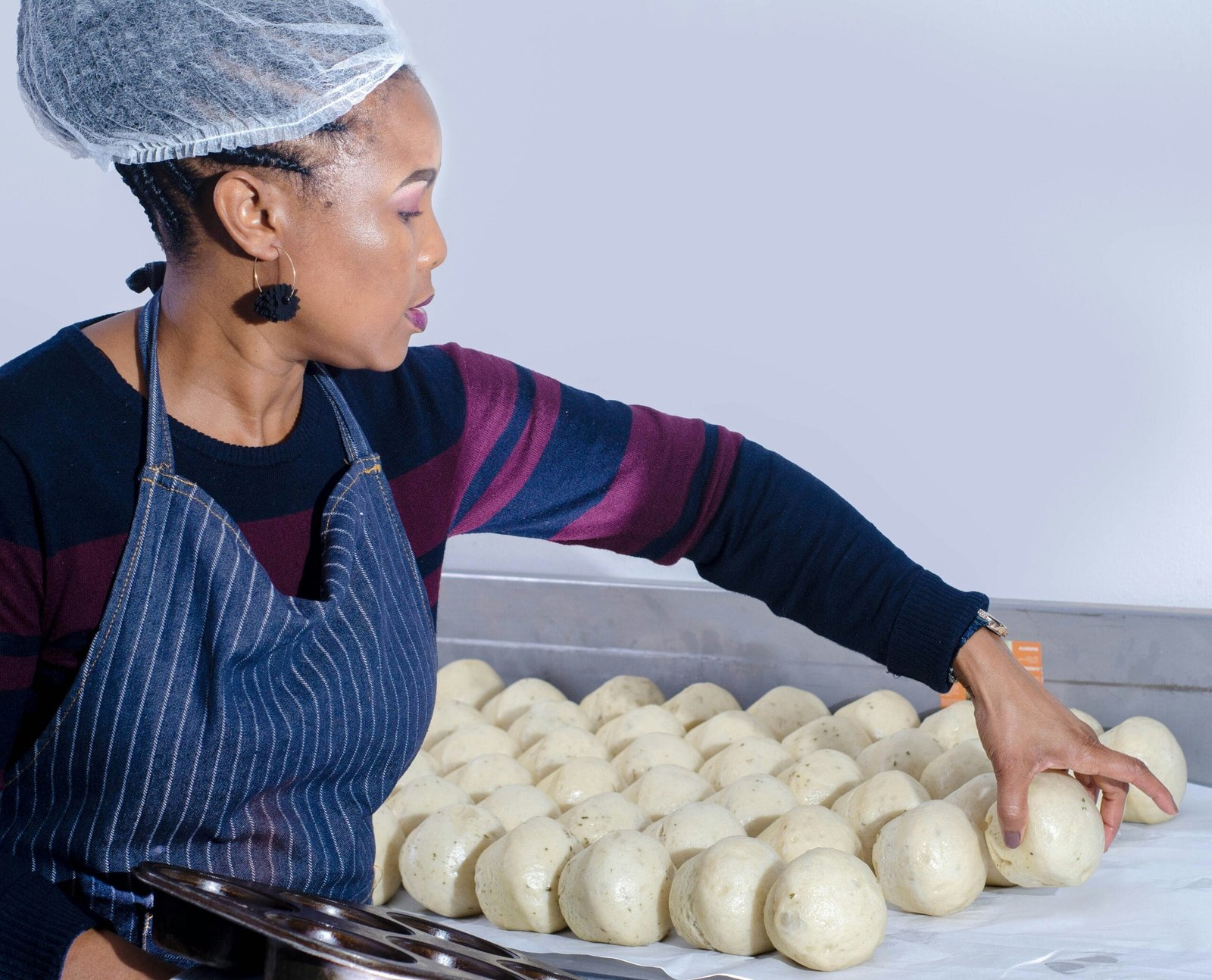A Brief History of Momos
Momos, the delightful dumplings that have captured taste buds around the world, find their origins deeply rooted in Tibetan cuisine. Historians trace the inception of this cherished dish back to the ancient Tibetans, who crafted these dumplings as a portable and nourishing meal, suitable for their nomadic lifestyle. These early momos were typically filled with a mixture of meats, vegetables, or cheese, encased in a simple wheat flour dough, providing a hearty option for sustenance at high altitudes.
As trade routes expanded, particularly along the Silk Road, Tibetan culture and culinary practices began to influence neighboring regions, notably Nepal. In the 14th century, as Tibetan refugees sought refuge in Nepal, they brought along their culinary traditions, leading to the adaptation and evolution of momos within the rich tapestry of Nepalese cuisine. Here, the preparation of momos was enhanced by local ingredients and flavors. The versatility of the fillings expanded to include aromatic spices, herbs, and vegetables, resulting in unique variations such as the widely popular buff momo, made with buffalo meat.
The relationship between Tibetan and Nepalese momos illustrates a broader concept of cultural exchange through food. Over the years, momos have transcended their geographical boundaries, becoming a beloved delicacy in various regions, including parts of India, Bhutan, and even further afield. Today, momos are celebrated not only for their rich flavor but also as a symbol of culinary fusion, reflecting the interconnectedness of different cultures through shared culinary experiences. Restaurants dedicated to these dumplings can be found globally, showcasing a variety of preparations and styles that pay homage to their origins while introducing innovative twists.
Ingredients and Preparation Methods
Momos, the cherished dumplings of Tibetan and Nepalese cuisine, are celebrated for their versatility and rich flavor profiles. Traditionally, momos can be filled with a variety of ingredients, catering to both meat lovers and vegetarians. The most common fillings include minced chicken, pork, or buffalo, seasoned with spices and herbs to enhance their taste. For those who prefer plant-based options, a mixture of finely chopped vegetables such as cabbage, carrots, and mushrooms is frequently employed, often combined with cheese for added creaminess. Paneer, a fresh cheese native to Indian cuisines, is also a popular filling, especially among vegetarian momos.
The dough for momos is generally simple, made from all-purpose flour, water, and a pinch of salt. The key to a good momo lies in the preparation of the dough, which must be kneaded thoroughly until smooth. It is then rolled out into small circles to form the wrappers that encase the filling. Creating the perfect momo involves mastering the folding technique, which not only seals the filling but also adds an aesthetic touch to the dumplings.
There are several preparation methods for cooking momos, each imparting a distinct flavor and texture. The most traditional method is steaming, where momos are placed in a bamboo steamer or a metal steamer basket. This method keeps the dumplings soft and tender. Alternatively, frying momos gives them a crispy exterior, perfect for those who enjoy a crunch. Bhoiling is another method, wherein the momos are cooked in boiling water until they float to the surface, indicating they are ready to be served.
To make momos from scratch, begin by preparing the dough and allowing it to rest. Meanwhile, prepare the filling by sautéing the chosen ingredients and allowing them to cool. Once both components are ready, assemble the momos by placing a small amount of filling in the center of each dough circle, folding and crimping them securely. Cook the momos using your preferred method, and enjoy these delightful dumplings, steeped in cultural significance and flavor.
Cultural Significance and Variations
Momos hold a prominent place in the culinary traditions of Tibet and Nepal, transcending mere sustenance to embody cultural identity and social bonding. These delightful dumplings are not only a common dish but also a centerpiece during festivals, family gatherings, and various special occasions. Their preparation and consumption often symbolize affection, community, and heritage, making them an integral part of celebrations and daily life alike.
In Tibetan culture, momos are traditionally served during the most significant festival, Losar, which marks the Tibetan New Year. During this time, families come together to prepare large batches of momos, filled with ingredients that vary by locality and personal preference. The act of making momos is often a communal activity that fosters a sense of kinship and shared purpose. Similarly, in Nepal, these dumplings are a staple during Dashain and Tihar, festivals that emphasize the importance of family and gratitude. The act of sharing momos during these celebrations not only reinforces relationships but also highlights the values of hospitality and togetherness.
Beyond their cultural significance, momos exhibit a rich variety of regional adaptations. For instance, in Tibet, momos are typically filled with minced meat, such as yak or chicken, and seasoned with local herbs, reflecting the sparse agricultural landscape. Conversely, in Nepal, numerous vegetarian options exist—such as those filled with potatoes, cheese, or a blend of fresh vegetables. Additionally, variations in cooking methods further distinguish momos across regions. While some prefer the traditional steaming technique, others opt for frying or pan-frying, providing diverse textures and flavors that cater to different palates.
Thus, momos serve as a culinary canvas showcasing both cultural heritage and regional diversity. The significance of these dumplings extends far beyond their taste, encapsulating the stories and traditions of the communities they represent.
Momos: A Modern Culinary Icon
In recent years, momos have transcended their traditional roots in Tibetan and Nepalese cuisine to emerge as a popular dish in global culinary culture. Originally humble dumplings, momos have transformed into a modern culinary icon, capturing the hearts and palates of food enthusiasts around the world. This shift can be attributed to several factors, including globalization and the pervasive influence of social media, which have played a pivotal role in spreading awareness about these delectable dumplings.
The versatility of momos has contributed significantly to their modern appeal. While traditional versions typically feature fillings such as minced meat or vegetables wrapped in dough, contemporary interpretations have seen chefs experimenting with diverse ingredients and flavors. From fusion varieties that incorporate local tastes—like spicy cheese momos in India or sushi-style momos in Japan—to innovative vegan options, the creative potential of momos seems limitless. These variations not only cater to evolving dietary preferences but also introduce momos to new audiences who may have previously been unfamiliar with them.
Moreover, the rise of food stalls and casual dining establishments has made momos more accessible to the masses. Street food vendors and restaurants in urban areas—aided by the popularity of food delivery services—have further democratized this dish, allowing people from various backgrounds to experience the delight of freshly steamed or fried momos. Social media platforms have also played a crucial role in elevating the status of momos, with visually appealing posts and viral videos contributing to their desirability. Instagram, TikTok, and food blogs showcase beautiful presentations and innovative serving styles, which inspire potential diners to seek out these dishes.
As momos continue to gain traction in contemporary food culture, they exemplify the intersection of tradition and innovation, bridging culinary practices from different parts of the world. Their journey from traditional dumpling to modern culinary sensation underscores the adaptability of recipes, making momos a beloved dish for both nostalgic enjoyment and creative exploration.






